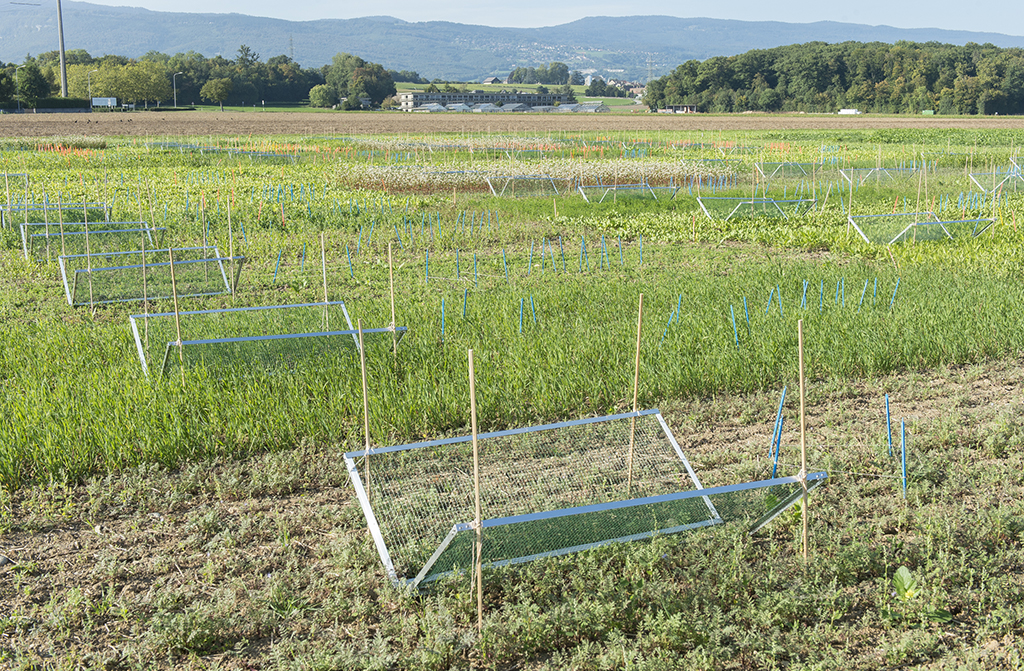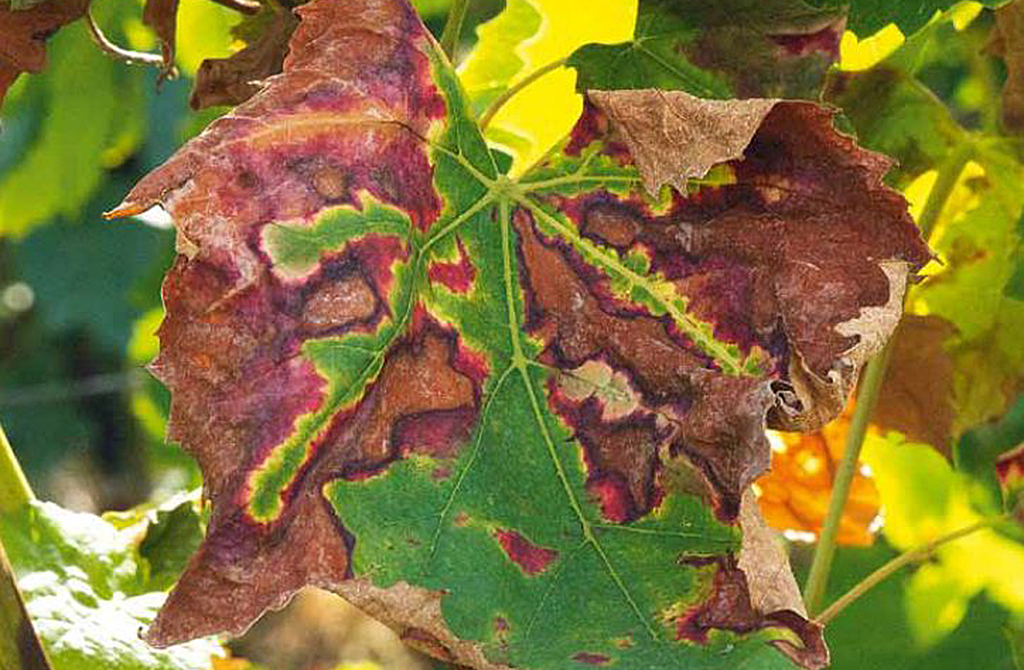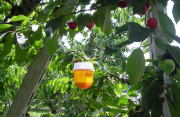
The Weed Science and Field-Crop Systems research groups are examining new solutions enabling farmers to cultivate arable corps without the use of herbicides. The studies focus on the agronomic properties of cover crops, the different forms of resource competition (light, soil, space) between weeds and cover crops, potentially allelopathic root interactions, and the combined effects with tillage. The new knowledge gained contributes to the development of a soil conservation-conscious agriculture, as well as to a reduction of herbicide risk.
Quality of Breadmaking Wheat Depends on Variety and on Nitrogen Fertiliser
From the 2015 harvest onwards, ‘top’-class wheats will be remunerated according to their protein content (PC) – a criterion selected in order to evaluate their quality. After three years of trials, Agroscope has found that a third of the variations in PC can be explained by varietal choice, which is the easiest factor for the producer to control. The intensification of nitrogen fertilisation (late applications and higher doses) generally increases the PC and wet-gluten content, but has only a partial effect on both gluten quality and bread volume. Consequently, intensification of nitrogen fertilisation may favour wheat PC, but does not necessarily improve bread quality.
New Knowledge on Grapevine Wood Diseases

In viticulture, esca – a grapevine disease known since antiquity – leads to the death of vine plants. Recent exhaustive mycological studies of the fungal communities of young vines, healthy and diseased adult trunks have shown that the wood of a plant is never free from fungi. The species found in the young plants are different from those in the adult vines. The fungal communities of healthy and diseased vines are practically identical. Direct control of wood diseases using fungicides has never led to the expected results. Only prophylactic measures can be considered, in particular a pruning method respecting sap flows. Already described in 1921 in France as an approach preventing wood diseases, the Guyot-Poussard method allows the development of two sap flows which can form a single or double, cane or spur pruned system.
Drosophila suzukii: Solutions for Berry Growing

Agroscope is seeking innovative solutions for more effective control of Drosophila suzukii (the spotted-wing drosophila) in berry crops, whilst taking account of environmental and economic constraints. Various strategies are being evaluated, such as mass trapping, netting, and control via alternative or chemical products. One promising approach with a potential repellent effect on adults is the use of calcium hydroxide dissolved in water. When judging the effectiveness of these different strategies, equal emphasis is placed on their impact on beneficials on the one hand, and their costs and labour requirement on the other.





